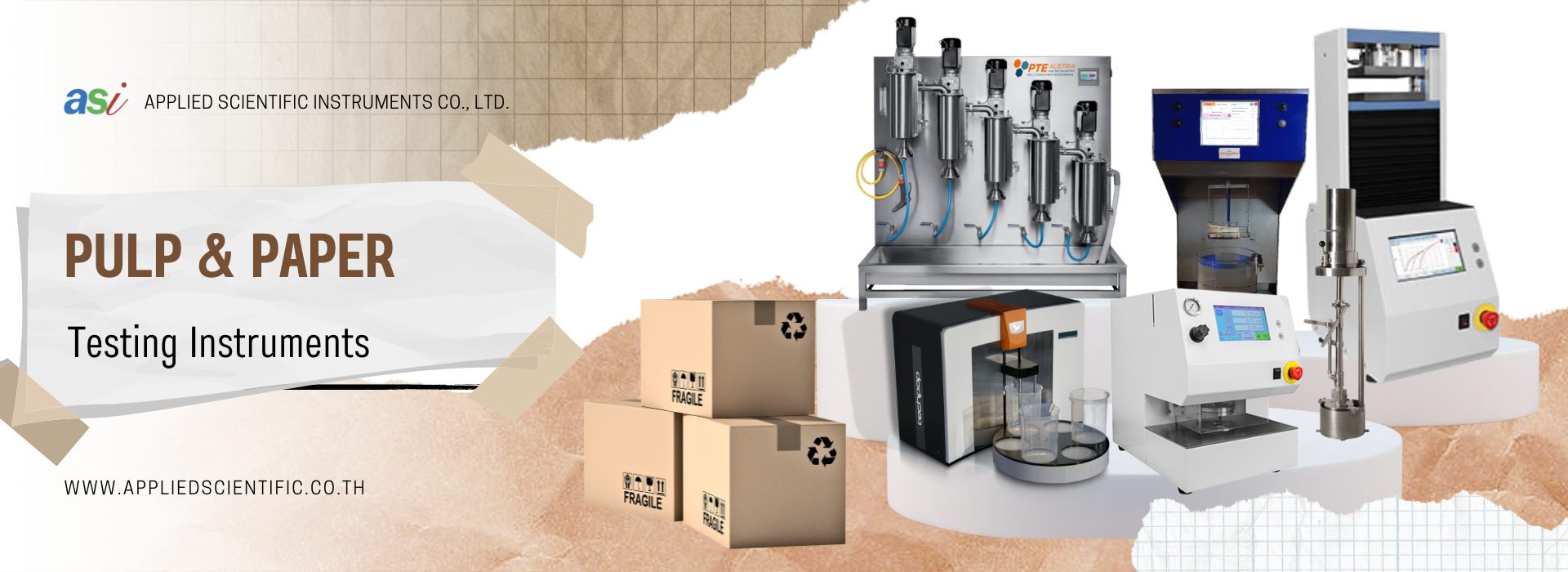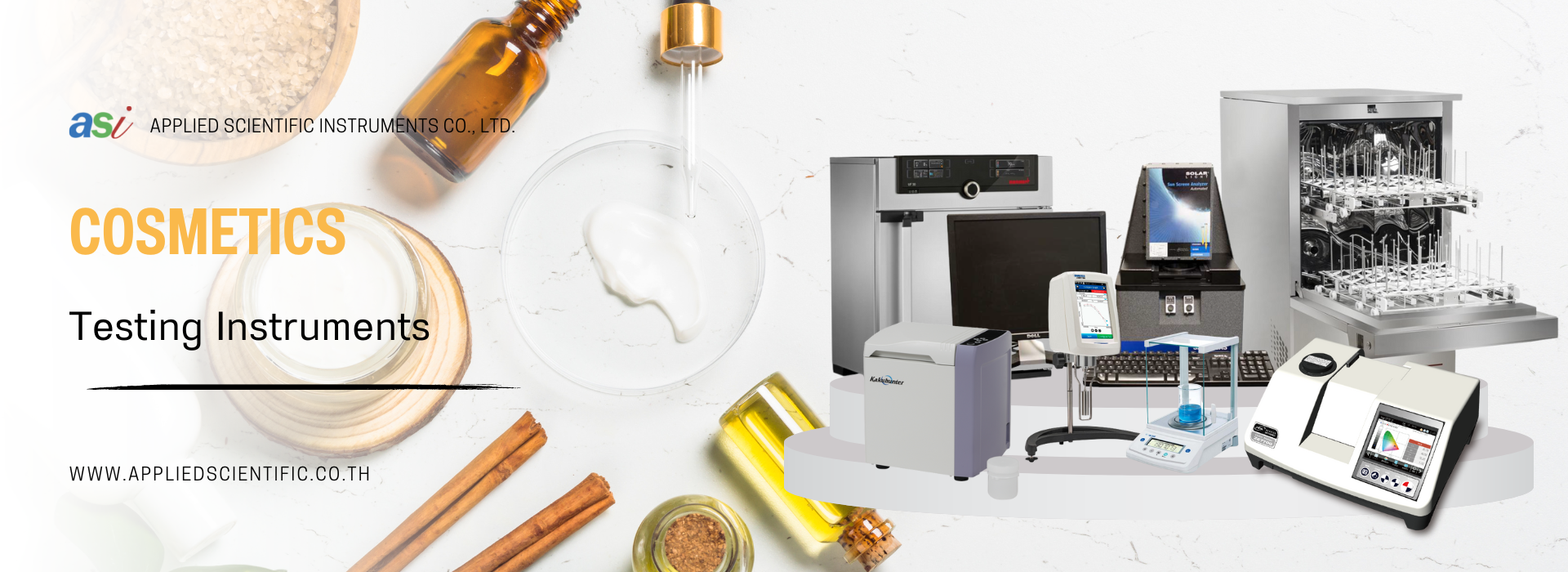
Chromatography Unit
26 พฤษภาคม 2566
ผู้ชม 184 ผู้ชม
DESCRIPTION
Chromatography is a widely used separation process in the chemical and biochemical engineering fields.
It is a highly selective process capable of separating components of similar physical and chemical properties.
It is important both at processing and process analysis scales.
The BE2 consists of a benchtop unit onto which are mounted two 250mm long, 10mm diameter borosilicate glass chromatography columns. Both are equipped with adjustable end pieces to enable different bed heights to be investigated. On the top of each column are septum injectors to enable introduction of a sample onto the column surface. The columns are fed by a three-channel peristaltic pump of an eight-roller design in order to give smooth flow. The pump has a variable-speed drive and a wide range of tube bores can be used, thus giving a very wide flow rate range.
Switching valves enable the operator to easily select the desired column for operation. A bubble trap is fitted before the inlet to the columns to prevent air from entering. The outlet from the column passes to a UV optical flow cell for measurement of sample elution. Liquid exiting the flow cell can either be led to drain or collected using the fraction collector, this is timer controlled and has capacity for forty eight 3ml test tubes.
It is essential that all buffers and samples introduced to the column are filtered and degassed in order to protect the column. Equipment required for this is standard laboratory equipment, these are available as an option (BE2-1) if required.
BE2-1 consists of a membrane filter holder, vacuum flask, water vacuum pump and membrane filters. The sample filtration system consists of a syringe and disposable membrane filters. Sample injection syringes and needles are also included.
The methods required for liquid chromatography do take some practice in order to achieve reproducible results. Therefore, for users with no experience in this area it is recommended that training is supplied.
The BE2 Chromatography Unit demonstrates an industrially important type of chromatography, low-pressure liquid chromatography. Several varieties can be demonstrated by the BE2, including ion-exchange, size-exclusion, hydrophobic interaction and affinity chromatography. Each of these types uses a different method of separation, which are particle charge, particle size and shape, molecule hydrophobicity and biological specificity, respectively.
The BE2 system includes detailed experimental procedures for size-exclusion chromatography, particularly in relation to the separation of proteins and dyes. However, it may also be used to investigate other types of low-pressure liquid chromatography.
Size-exclusion chromatography uses porous beads to separate particles of different sizes. The size range of the pores in the beads defines whether particles are totally excluded, partially excluded or whether they have full entry into all beads. Particles that are totally excluded have the shortest residence time in the column, whereas particles that have full entry into the beads have the longest residence time. Partially excluded particles have residence times between the two. On this basis particles of different sizes are separated.
EXPERIMENTAL CONTENT
- Understanding the principles and practices of liquid chromatography, including:
- – Column packing
- – Sample application
- – Column development
- – Analysis and fraction collection
- Understanding the factors affecting separation performance
- Understanding protein concentration measurement through UV assays
- Detailed teaching exercises are included to demonstrate to students the important aspects of size-exclusion (gel-filtration) chromatography. Information provided includes details of suitable gel matrices, buffers, proteins etc. and in-depth experimental protocols
- Although experiments relate to the size-exclusion method alone, the system is suitable for use with other low-pressure liquid chromatography systems such as ion-exchange, affinity and hydrophobic interaction
- The system includes a UV flow cell for measurement of protein concentration. Level detection is 0.1 mg/ml of protein (bovine serum albumin)
- Understanding the protocols of running low-pressure liquid chromatography systems
- Visual demonstration of size-exclusion chromatography using dyes
- Determination of the effect of flow rate and column length on product separation and concentration

ORDERING SPECIFICATIONS
- A benchtop unit comprising a vacuum-formed ABS plastic plinth with integral electrical console
- Two Borosilicate glass chromatography columns (250mm long and 10mm internal diameter) fitted with septum injectors and fed by a three-channel peristaltic pump
- Syringe and needles for sample injection
- Fraction collector
- Analysis using a UV optical flow cell
- Protection devices for all electrical circuits
- Two displays: – Optical absorbance – Timer display for fraction collector
- Sensor signals are routed to the USB port for connection to a PC
- Comprehensive instruction manual with







